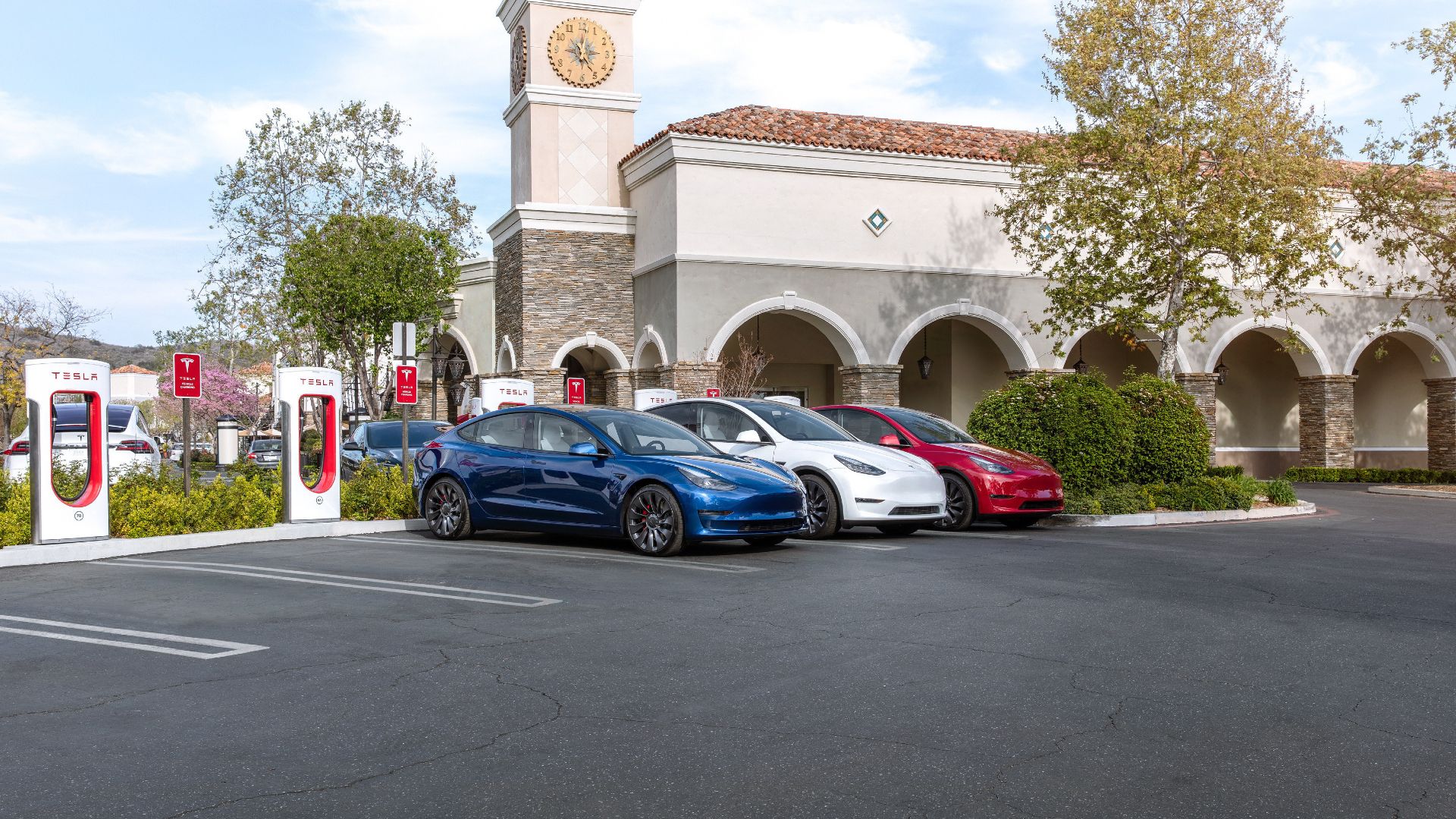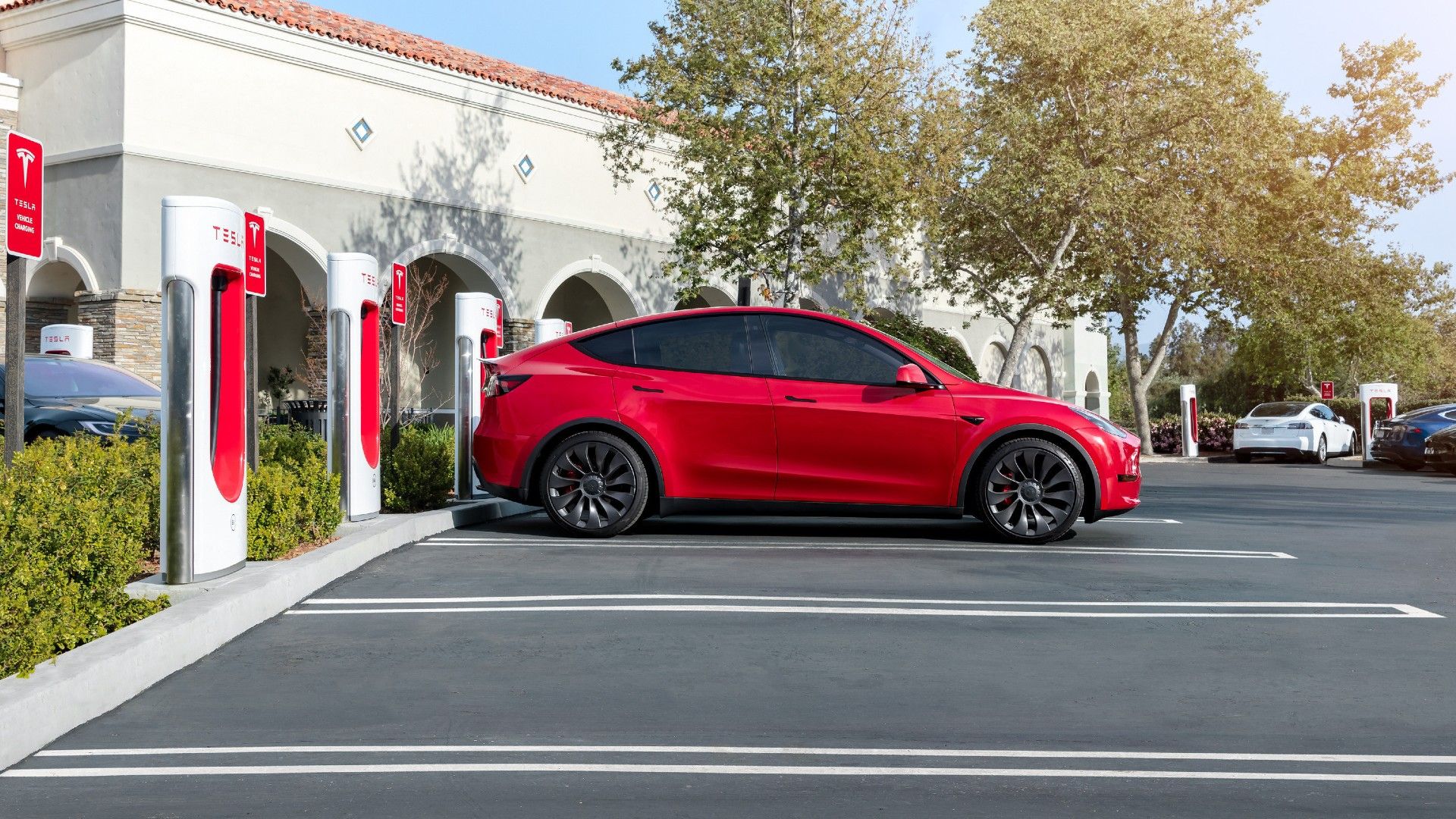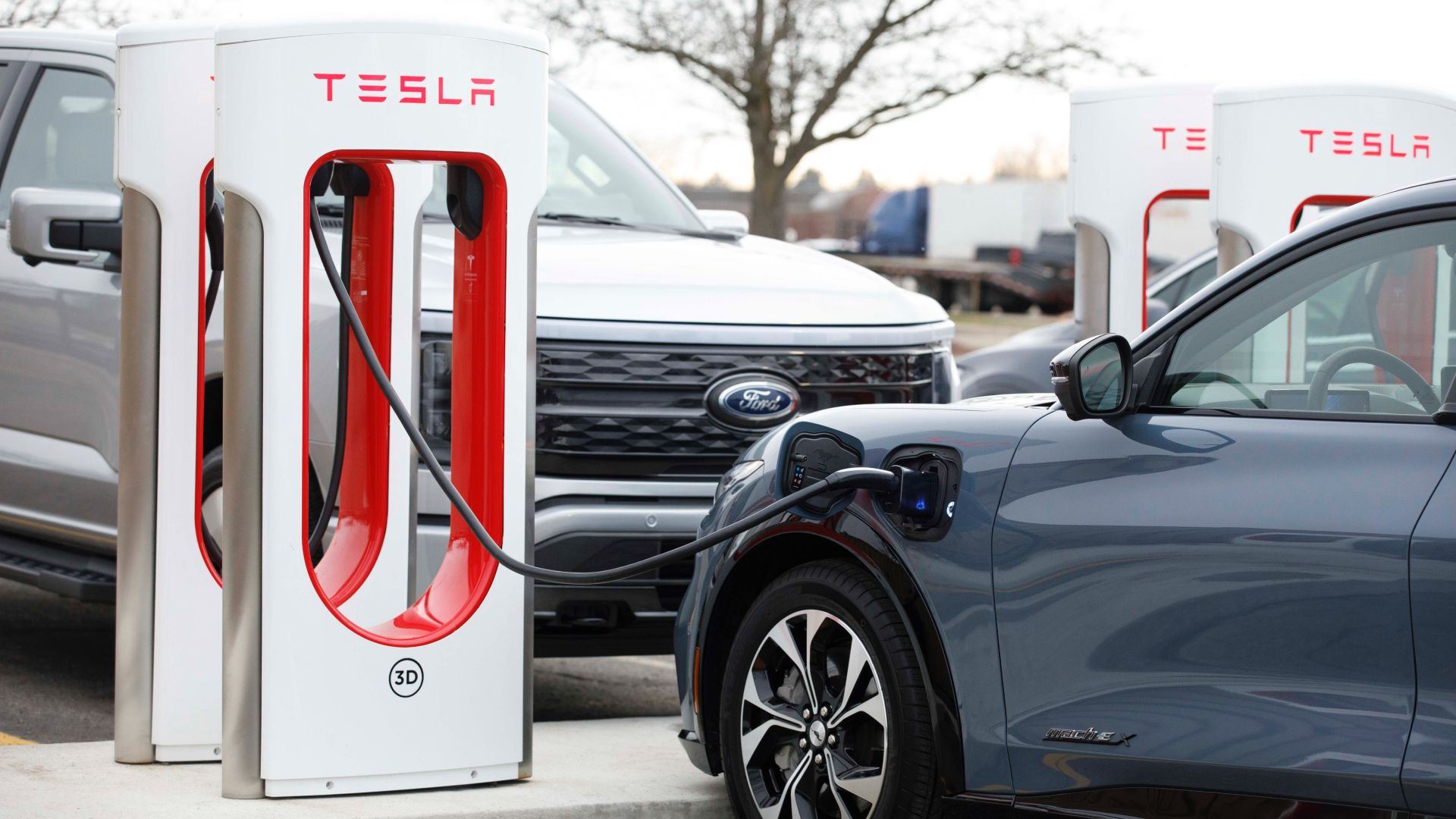Here's How Much Electricity It Takes to Charge A Tesla
Are you a Tesla owner or considering buying one? Are you looking to benefit from the cost and environmental impact of driving an EV? One of the most significant reasons to buy an EV is the cost savings throughout the ownership of the car. There are many compounding factors that affect annual savings, such as energy plans, gas costs, and your EV model. However, switching to an electric car comes with some considerable savings.
Now, what does all this have to do with Tesla’s electricity consumption? When looking for an EV, the most common question is, “How much electricity does it take to charge a Tesla?” A more definite question is, “How many kilowatt-hour (kWh) are needed to charge my Tesla?” If Tesla owners can maximize electricity consumption and minimize the time it takes to charge their Tesla, they can optimize charging costs effectively. Here, we’ll give a detailed breakdown of what you need to know about the amount of electricity it takes to charge your Tesla.
In order to give you the most up-to-date and accurate information possible, the data used to compile this article was sourced from various manufacturer websites and other authoritative sources, including Tesla and the U.S. Bureau of Labor Statistics.

Three Tesla Models Plugged Into Supercharger
Related
Everything You Need To Know About Tesla’s Supercharger Network In The U.S.
The Supercharger Network is one of Tesla’s biggest selling points, and here’s all you need to know about it.
What Are The Levels Of EV Charging?
Close
Most car owners are familiar with the different grades of gasoline, such as regular, plus, and premium. But, what about EVs? Are there different grades? EV chargers are differentiated by levels instead of grades. These levels describe how fast a charger will recharge an EV battery. Chargers are defined by their kilowatts (kW) output. Every kilowatt-hour received by a standard passenger-sized electric vehicle is equal to approximately four miles of driving range. The higher the charger’s output, the faster the EV battery will charge. The following information is an introduction to standard EV charger levels.
Level 1 AC Charging
A level 1 AC charger is the slowest charging equipment. These units plug directly into a standard 120-volt AC outlet with an average power output of 1.3 kW to 2.4 kW. This is equal to three to five miles of EV range per hour. Overnight charges add 30-50 miles of range, which is sufficient for many drivers. Full charges for empty EV batteries can take over 24 hours.
Level 1 AC charging typically happens in a residential setting, and very few are built for public use. The majority of these chargers are emergency cables that are standard when buying an EV. A few parking garages have 120-volt outlets available for EV owners to use if they supply their own cables.
Level 2 AC Charging
Level 2 AC chargers operate at 208-volt to 240-volt and output between 3 kW to 19 kW of AC power. This output translates to 18-28 miles of range per hour. When using a level 2 charger, an EV can be fully charged in eight hours or less. Some level 2 chargers supply more power than an EV battery can handle, so drivers will get different results depending on the charger and EV combination.
Level 2 chargers are the most popular charger type across the U.S. These chargers are used in every state and can be found in many popular areas, such as parking garages, malls, grocery stores, and hotels. They’re also popular at various workspaces where employees can leave their EVs to charge for long durations. Many drivers buy a level 2 charger for their home since it allows them to fully charge their EV overnight.
DC Fast Charging
DC Fast Chargers (DCFC) are the fastest chargers available for EV owners. They have a maximum output of 350 kW. DCFCs are designed to charge an EV battery to 80 percent in 20-40 minutes and 100 percent in 60-90 minutes. The maximum charge rate is typically limited by the EV acceptance rate. Many EVs on today’s market charge at a maximum of 50 kW, whereas some newer models are capable of charging over 200 kW, including the Porsche Taycan and some Tesla models. Very few public charging stations are able to deliver the highest power level accepted by top-rated EVs.
DCFCs come with a high price tag and an extremely high power draw. Because of this, DCFCs are intended for industrial or commercial locations instead of residential. DCFCs are usually found at locations adjacent to major interstate highways to help with EV road trips. Currently, there are over 15,000 DFCF chargers throughout the U.S., but this number is expected to grow in the coming years.

Red Tesla Model Y Charging At A Tesla Supercharger
Related
Tesla Wireless Charging: Is It Possible And When It Will Happen
Tesla is actively exploring wireless EV charging, eliminating cables for streamlined, efficient charging, once again revolutionizing the EV landscape.
How Much kWh To Charge A Tesla
The kWh required to charge a Tesla depends on the model you’re charging, its battery capacity, and the charging method you’re using. We’ve broken down the kWh to charge the different Tesla models on the market.
Tesla Model S
The Model S is Tesla’s mid-size luxury sedan line. It’s also the company’s longest-range vehicle. The Model S comes in a base model and the Model S Plaid. The base Model S requires 114 kWh to charge its battery, which will give drives a driving range of 405 miles. The Model S Plaid requires 116 kWh to charge its battery; this gives the owner 396 miles of driving range distance.
Tesla Model 3
This mid-size EV came to the car market in the summer of 2017. Buyers have an option of three trims: RWD, Long Range, and Performance. The Tesla 3 RWD requires 70 kWh to charge its battery, which gives owners a driving range of 272 miles. The Tesla 3 Long Range’s battery requires 86 kWh to charge – this offers a 358-mile driving range. Lastly, the Tesla 3 Performance needs 94 kWh to charge its battery and offers a 315-mile driving range.
Tesla Model X
Tesla’s Model X line offers drivers a mid-size EV SUV. The Model X comes in two trims: the base Model X and the Model X Plaid. The base Model X requires 115 kWh hours to charge its battery to capacity. A fully charged base Model X will give drivers a distance range of 348 miles. The Tesla Model X Plaid also requires 115 kWh to charge but provides a distance range of 333 miles.
Tesla Model Y
Tesla’s most recent EV model – the Model Y – comes in two trims: the Model Y Long Range and the Model Y Performance. Charging the Model Y Long Range’s battery requires 91 kWh of energy. The Model Y Performance requires 92 kWh. The Long Range and Performance trims offer 330 and 303 miles, respectively, of driving range when charged.
What Are The Tesla Charging Costs?
One of the primary benefits of owning any EV is the savings on fuel costs compared to gas-powered cars. The cost of charging a Tesla depends on how you’re using the car, its model, and where you’re charging it. The following list provides an overview of the costs of charging the different Tesla models, with links to more in-depth information.

Ford Mach-E And Lightning At A Tesla Supercharger plugged in
Related
10 Car Brands That Can Use Tesla’s Supercharging Network
With the North American Charging Standard (NACS) port becoming mandatory, automakers are racing to get onto Tesla’s Supercharger network.
Influencers That Impact EV Charging Costs
There isn’t a fixed rate when it comes to charging your Tesla. The final cost will vary depending on various factors. From the state of charge and depth of discharge to where you live, we’ll investigate each of the factors that impact EV charging.
State of Charge And Depth of Discharge
The state of charge and depth of discharge are two of the most significant factors when it comes to the electricity a Tesla consumes. The state of charge (SoC) describes the upper limit of a battery charge. For example, owners might charge their Tesla to 95 percent overnight because they know they empty the charge the next day throughout their commute, whereas other owners might only charge the battery to 70 percent because they have a shorter journey. In these examples, the SoC is 95 percent and 70 percent.
The depth of discharge (DoC) describes the battery percentage that’s been discharged compared to the overall battery capacity. For example, some owners may deplete their Tesla battery to 50 percent. Other owners may empty their Tesla battery to 30 percent. In either case, the DoC is 50 percent and 30 percent.
Electricity Consumption
Since different Tesla owners will have different SoC limits and deplete their batteries to various DoC limits, they’ll consume different amounts of electricity to meet their habits. Most commonly, electricity consumption is expressed in kilowatt-hours per hundred miles (kWh/100 miles). There are several factors that will impact electricity consumption, including:
- High-speed driving
- Strong headwind
- Heavy payload
- Tire traction
- Extreme temperature
- HVAC usage
- Regenerative braking
Battery Capacity
Your Tesla’s battery capacity is another significant metric that will have an impact on charging it. Teslas with larger batteries will need more electricity to charge. For example, the Tesla Model S battery size ranges from 75 kWh to 100 kWh. The smaller battery won’t cost as much as the larger one.
Where You Live
Your location can also affect the price you’ll pay to charge your Tesla. Some areas have higher electricity rates or added fees to charge an EV. For example, the U.S. Bureau of Labor Statistics states that energy cost in San Diego is $0.424 per kWh as of March 2024. This is a significant difference compared to St. Louis, where the energy cost is $0.129 per kWh. This means those living in San Diego have to pay 107 percent more to charge the same Tesla.
